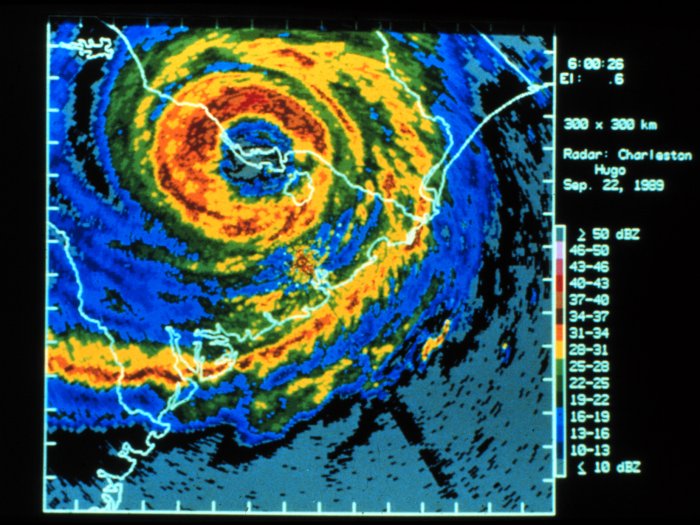Combine the four levels with the
following Latin categories and you come up with 10 basic cloud
types.
-
High, wispy
clouds are called Cirrus
- Latin for tendril or curl of hair
-
Sheet-like
clouds are called Stratus
- Latin for layer
-
Puffy,
billowy, cottony clouds are called Cumulus - Latin
for heap
-
Rain-producing clouds are
called Nimbus
- Latin for rain
-
Orographic
clouds are clouds that
develop in response to the forced lifting of air by the earth's topography (such as
mountains). Lenticularis and Rotor clouds are
examples.
-
|
HIGH clouds above 10,000
feet:
-
(Ci) Cirrus - Thin
and wispy, usually transparent white in color but can display magnificent colors when the sun is
low on the horizon. Cirrus generally occur in fair weather and point in the direction of air
movement at the cloud’s level.
-
(Cs)
Cirrostratus - Thin and sheet-like. Sometimes the only sign of their presence is
a halo around the sun or moon. Halos result from the
refraction of light by the cloud's ice crystals.
-
MIDDLE clouds 6,500 to 20,000 feet:
-
(Ac)
Altocumulus - Grayish white and puffy heap. Altocumulus clouds usually form
by convection in an unstable layer aloft. This may result from the gradual lifting of air
in advance of a cold front. Altocumulus clouds on a warm and humid summer morning commonly signal
afternoon thunderstorms.
-
-
LOW clouds below 6,500 feet:
VERTICAL DEVELOPMENT clouds below 6,500 feet:
- (Cu) Cumulus -
Small, white and puffy heap with distinctive flat bases. These fair weather cumulus are harmless. These
clouds are formed by thermals, that rise upward from the earth's surface. As they rise, the water vapor within
cools and condenses forming cloud droplets. If conditions are right, however, they may develop into
cumulonimbus clouds and produce thunderstorms with heavy precipitation.
- (Cb)
Cumulonimbus - Giant cumulus clouds with black bottoms. These are full of
precipitation and are the thunderstorm clouds with tops that may extend more than 50,000 feet. The lower
levels of these clouds are generally made of water droplets while the upper levels of the cloud may be
made of ice. These dangerous clouds may produce tornados and hail as part of powerful thunderstorms known
as supercells. They can exist as individual towers or form a line of towers called a squall line.
| 


 Twitter
Twitter Technorati
Technorati Stumbleupon
Stumbleupon Google Bookmarks
Google Bookmarks Facebook
Facebook Digg
Digg Blogmarks
Blogmarks Delicious
Delicious BlinkList
BlinkList Yahoo My Web
Yahoo My Web